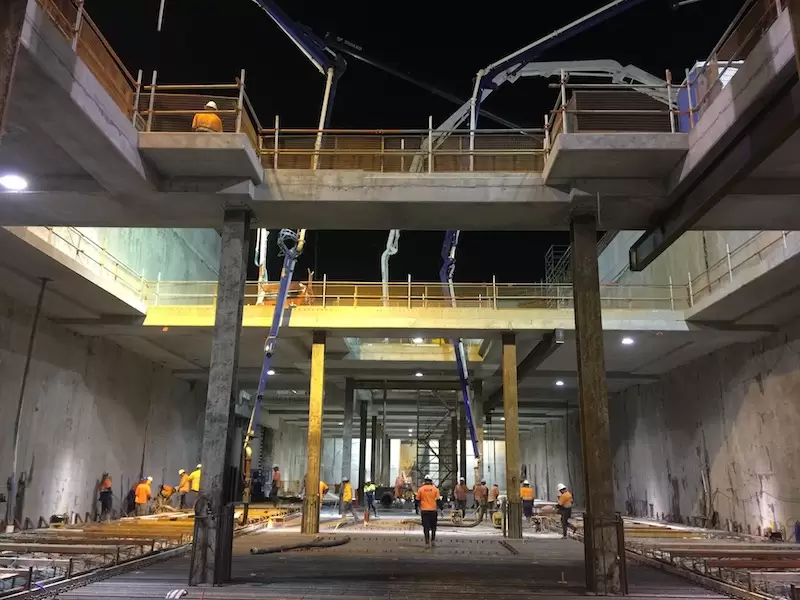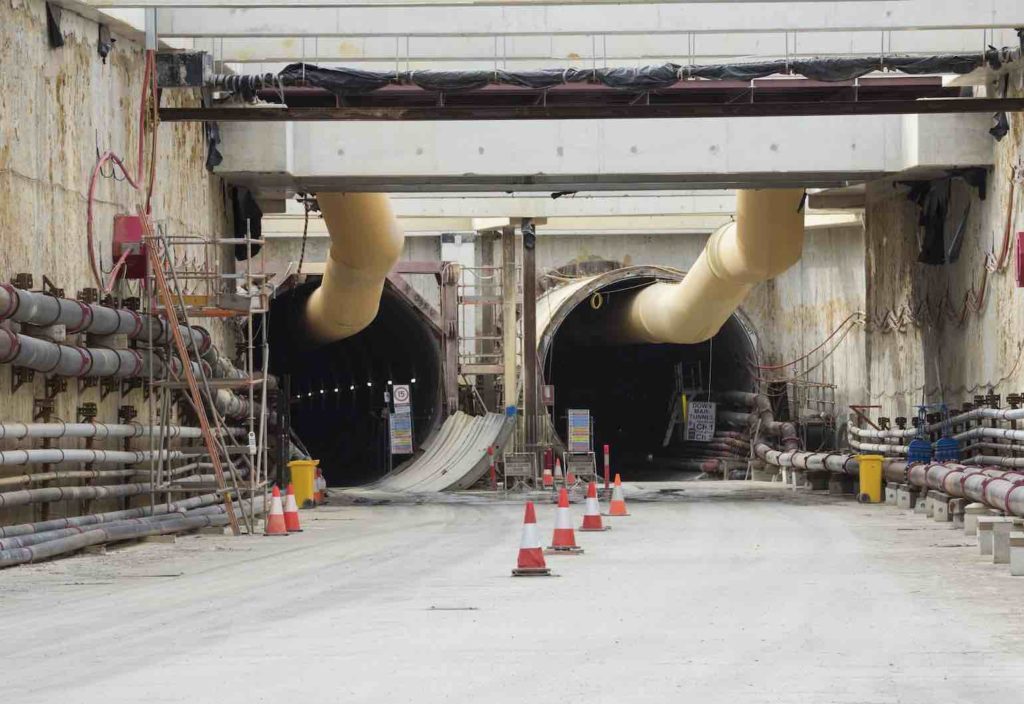Acceptance and agreement by industry and government on the need for greater infrastructure leadership are building a brighter future for Western Australia.
For the past few decades, the nature of new infrastructure projects in Western Australia has appeared to be all about chance and luck. Uncertainty has ruled, with little community and industry engagement in forward planning for major projects, which have regularly been killed off in their early stages after a change in political leadership.
Other states in Australia have recognised this problem and have created independent infrastructure bodies.
Large Western Australian projects that did come online have sometimes come as a surprise, such as the Perth Freight Link, which was gifted from the Federal Government by former Prime Minister Tony Abbott.
Integrated infrastructure planning has suffered as the state looks forward to many decades of growth, including a projected population explosion in Perth from just over two million to 3.5 million.
Now, however, things are looking up. The Infrastructure Western Australia Bill 2019 has passed the state’s Legislative Assembly. Subject to parliamentary processes, Infrastructure WA should formally commence in the third quarter of 2019.

Expressions of interest for the Infrastructure WA board, headed by chair-designate John Langoulant, are currently being taken.
“One of the key drivers for advocating for Infrastructure WA was that there was a dominance of political processes on long-term projects,” says Susan Kreemer Pickford, General Manager of Engineers Australia WA.
“Political cycles by their nature tend to be short-term. What we have required all along for a long-term infrastructure plan is one that has as much shaping by the community and industry as it has by politicians’ influence.”
“We should not be in the situation where a transport project that was strongly opposed by a section of the community was expedited in the lead-up to the state election, and then when the new government came into power, the contract was torn up and the project shelved — at significant cost — not only the contract termination fees but the impact to the environment and lack of trust in government process by the community.”
Infrastructure WA was launched at a Property Council event at the Hyatt Regency Perth on February 6, 2018 and is close to formation following the passage of its enabling bill.
Building a better state
Kreemer Pickford says the changes will start with a due process of community and state government consultation, allowing accurate maintenance planning and new infrastructure development milestones to be set.
The result will be a transparent, long-term infrastructure plan that clearly indicates when the implementation of specific parts of that plan will occur and allows projects to be integrated across agencies and for participation by industry.
The Government of Western Australia says the first priority will be a 20-year state infrastructure strategy, immediately improving coordination and planning.
The implementation of Infrastructure WA, Premier Mark McGowan says, will bring other benefits.
“It will help develop a pipeline of investment, provide business certainty and create long-term, secure jobs,” McGowan says.
“In the past, governments have been too short-sighted and only focused on the election cycle. This lack of coordinated strategic planning has at times led to poor decision-making and resulted in costly project delays or cancellations. [Infrastructure WA] will change how we plan and deliver infrastructure and will set our state up for the long term.”
The passage of the bill has been surprisingly smooth, says Kreemer Pickford, who was an important influencer along the way to its success. The WA Infrastructure Coalition, of which Engineers Australia is a member, was formed in 2015 and launched its ‘Building the West’ initiative in 2016.
The Infrastructure Coalition put together a case for the creation of Infrastructure WA and presented it to the Department of Premier and Cabinet, and things have moved fairly quickly since then.
“The Infrastructure Coalition’s collaborative approach was applauded by the Department as they could easily see the consensus across industry with regards to what Infrastructure WA might look like and how it might operate,” Kreemer Pickford says.
“There were no major tensions between any of the stakeholders. We collected our views together into one document after having discussions amongst ourselves. The result, in the eyes of Engineers Australia at least, addresses the key concerns we had prior to the WA state election.”
Planning for the future
The new infrastructure plan will include a robust vision for public transport, Kreemer Pickford says, including a major exercise ahead around long-term plans for freight, and logistics for transport. It will also potentially involve planning for smart city technologies in Perth.
Actually, Kreemer Pickford says, all of Western Australia’s infrastructure needs with a capital cost of over $100 million will filter through Infrastructure WA.
The Government of Western Australia says Infrastructure WA will also be responsible for:
- assessing and reporting on major government infrastructure proposals before investment decisions are made;
- providing advice on infrastructure priorities, and funding and financing options; and
- coordinating the state’s submissions to Infrastructure Australia.
Infrastructure WA will be independent from government, even though it advises and reports to the Premier’s office. The Premier cannot influence the content of any report, strategy or advice offered by the body.
Infrastructure WA will be governed by a board consisting of at least 50 per cent independent members and led by an independent chairperson. It will be bipartisan and will exist and perform its functions outside political frameworks and timelines.
